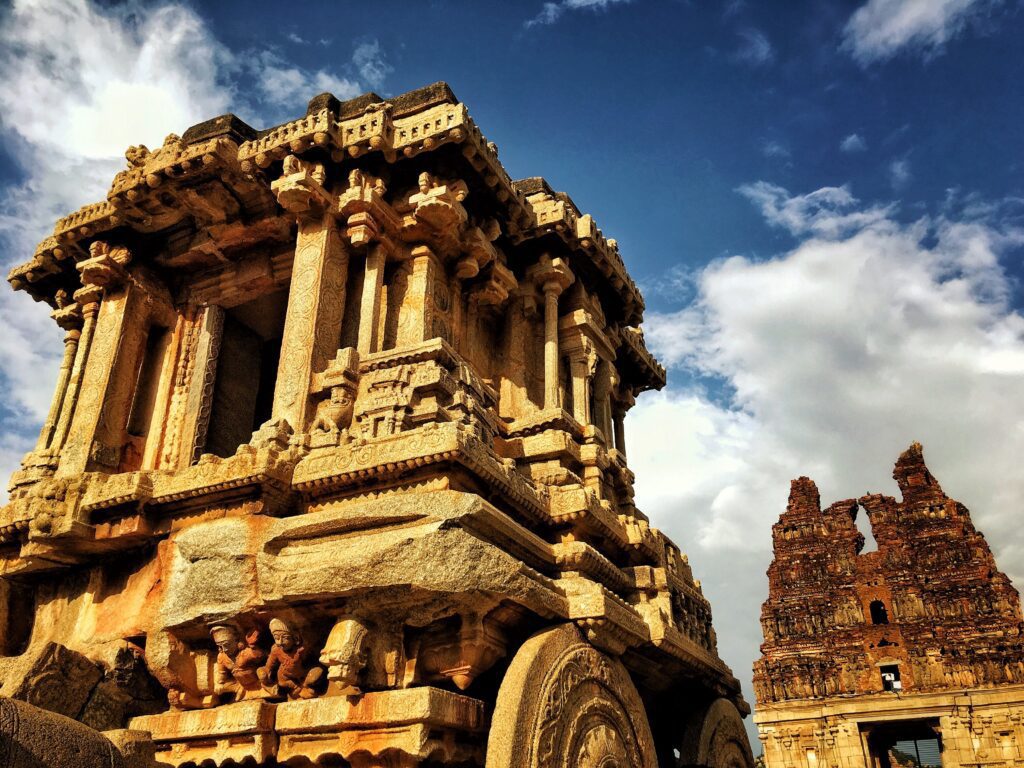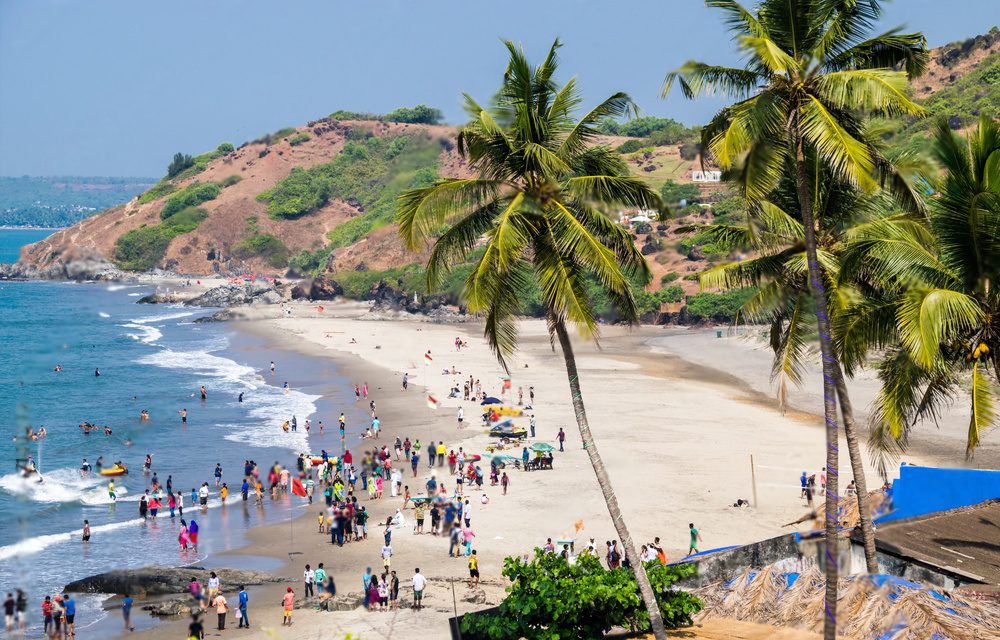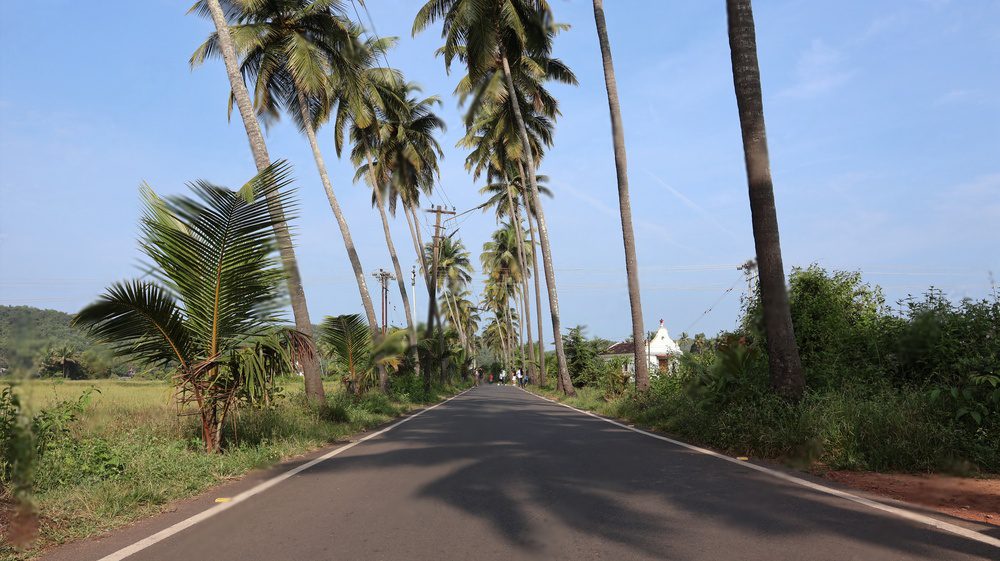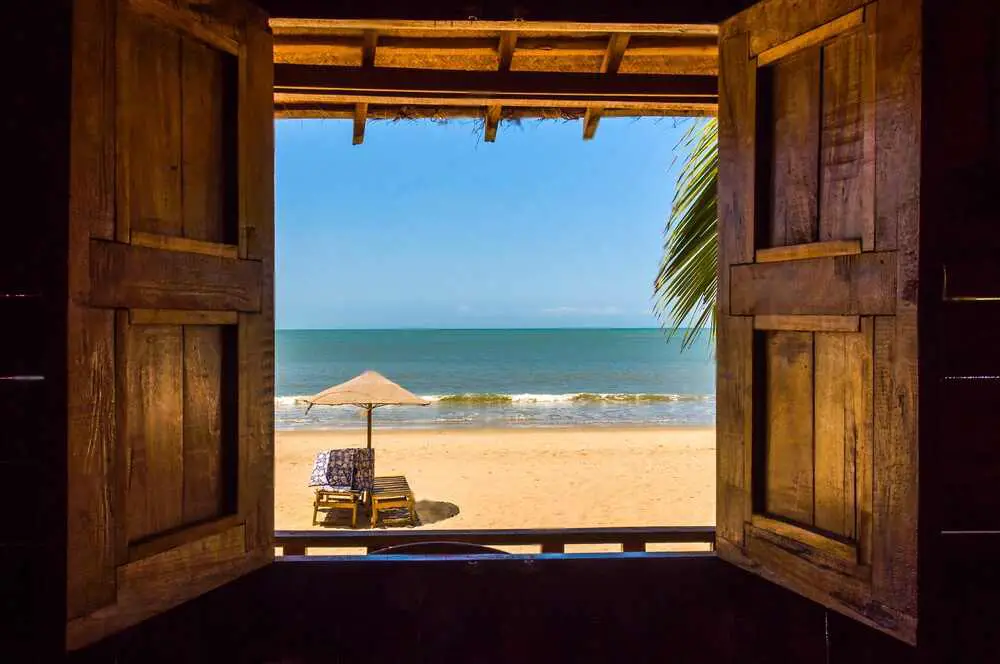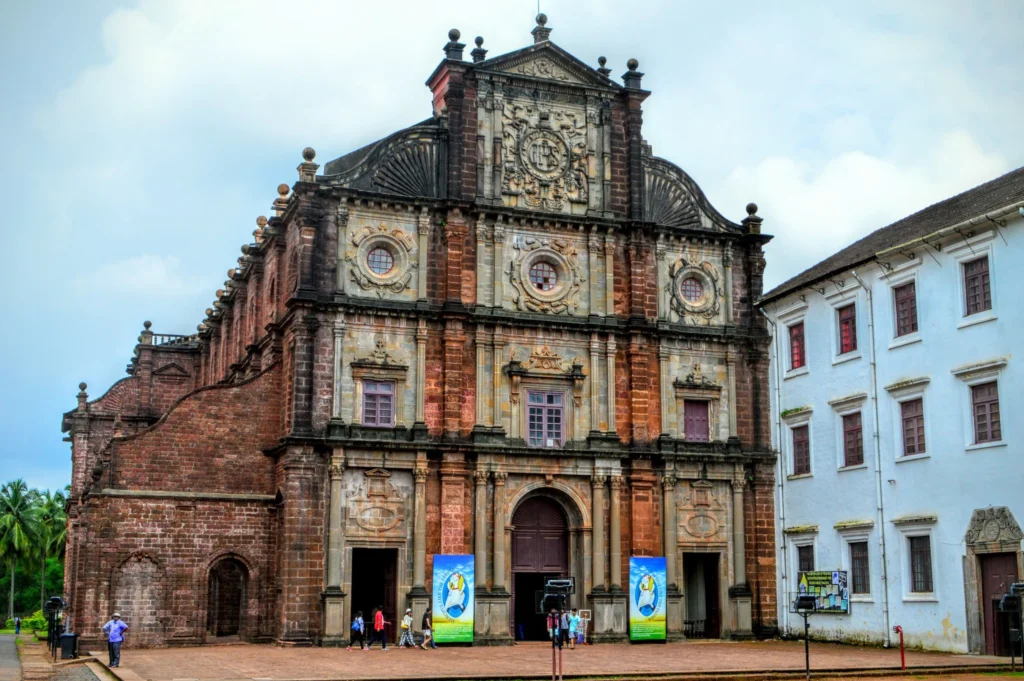Historic Sites to Explore in India; India, known for its rich culture and history, is filled with historic sites that tell stories of its ancient civilizations, empires, and conquests. From majestic forts to intricate temples and ancient ruins, India’s history is as diverse as its landscape. Whether you’re a history buff or a casual traveler, exploring these sites will leave you amazed by India’s magnificent past. Here’s a guide to the top 10 historic sites to explore in India.
1. Taj Mahal, Agra
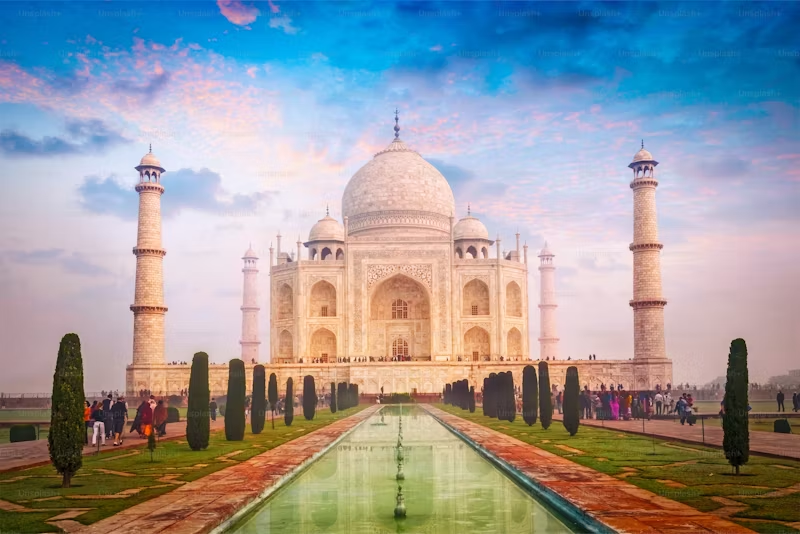
The Taj Mahal, one of the Seven Wonders of the World, is a must-see for anyone visiting India. Built by Mughal Emperor Shah Jahan in memory of his wife Mumtaz Mahal, this white marble mausoleum is a symbol of love. It showcases exquisite Mughal architecture, combining elements of Persian, Turkish, and Indian styles. The intricate carvings, precious stone inlays, and beautiful gardens around it make the Taj Mahal an unparalleled architectural masterpiece.
- Best Time to Visit: October to March
- Highlights: The white marble dome, intricate calligraphy, and the reflecting pools.
2. Red Fort, Delhi
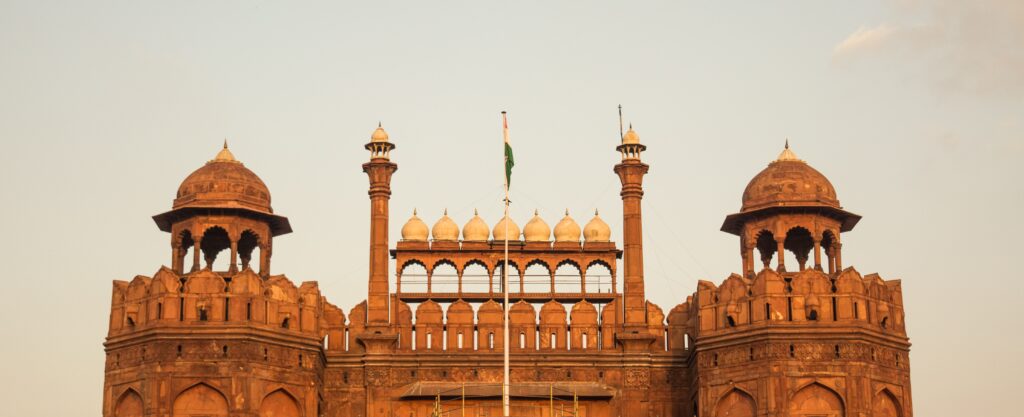

The Red Fort in Delhi is an iconic symbol of India’s rich history and the backdrop for the country’s Independence Day celebrations. Built in 1648 by Shah Jahan, the fort was the political and ceremonial center of Mughal power for nearly two centuries. The massive red sandstone walls, beautiful gardens, and intricate palaces within the fort offer a glimpse into the grandeur of the Mughal era.
- Best Time to Visit: October to March
- Highlights: The Diwan-i-Aam, Diwan-i-Khas, and the sound-and-light show in the evening.
3. Hampi, Karnataka
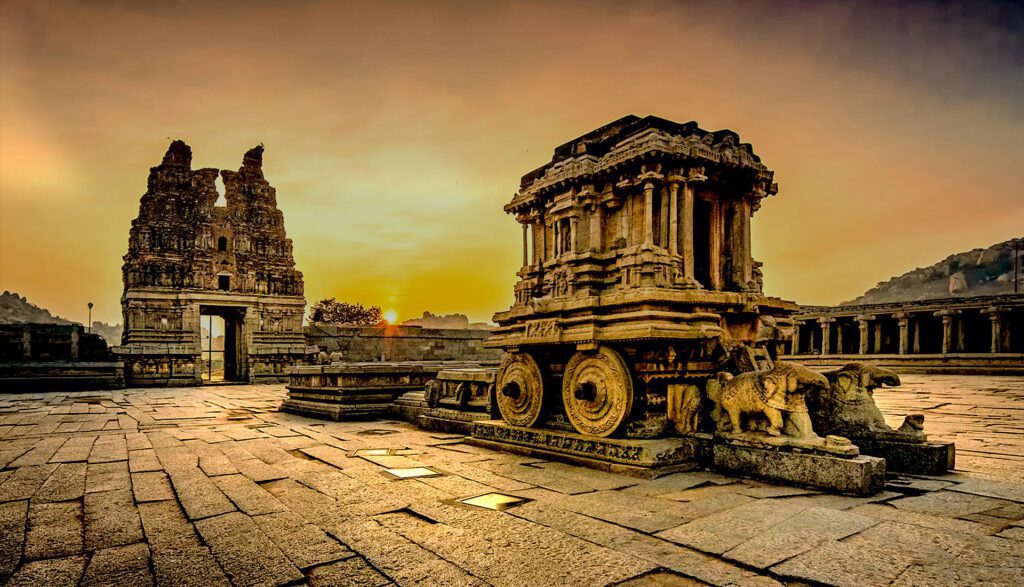

Hampi is a UNESCO World Heritage Site and one of the most impressive ruins of an ancient city in India. Once the capital of the Vijayanagara Empire, Hampi is home to breathtaking temples, royal pavilions, and markets that echo the grandeur of a bygone era. The architecture is a stunning blend of Hindu and Islamic styles, and the rocky landscape adds a mystical aura to the surroundings.
- Best Time to Visit: October to February
- Highlights: Vittala Temple, Virupaksha Temple, and the Hampi Bazaar.
4. Ajanta and Ellora Caves, Maharashtra
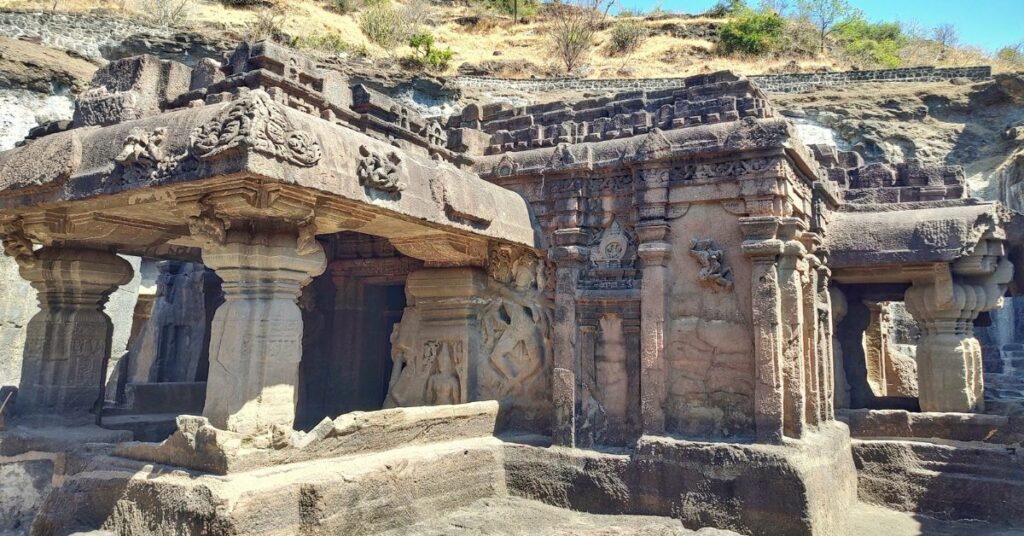

The Ajanta and Ellora Caves are a testament to the brilliance of ancient Indian rock-cut architecture. While the Ajanta Caves are renowned for their beautiful Buddhist paintings and sculptures dating back to the 2nd century BCE, the Ellora Caves house temples and monasteries of Hindu, Buddhist, and Jain faiths carved out of solid rock between the 6th and 10th centuries.
- Best Time to Visit: November to March
- Highlights: Kailasa Temple at Ellora, Bodhisattva Paintings at Ajanta, and cave sculptures.
5. Khajuraho Temples, Madhya Pradesh
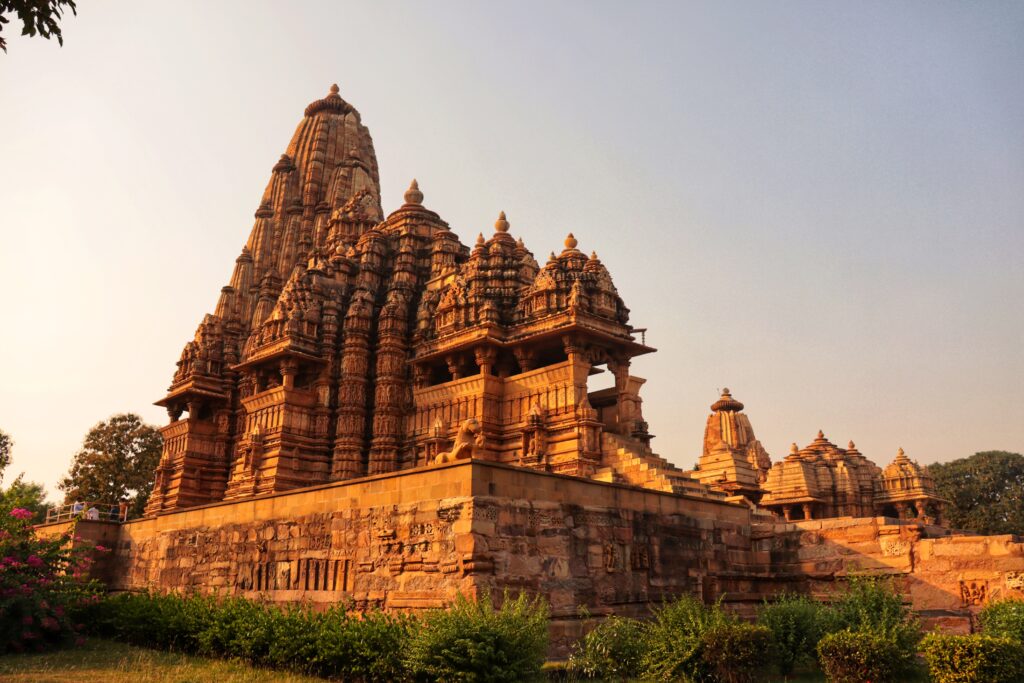

The Khajuraho Temples are famed for their exquisite sculptures that blend spirituality with sensuality. Built by the Chandela dynasty between 950 and 1050 CE, these temples are renowned for their intricately carved statues depicting gods, goddesses, animals, and erotic scenes. The temples showcase a unique fusion of spirituality, art, and culture.
- Best Time to Visit: October to February
- Highlights: The Kandariya Mahadeva Temple, Lakshmana Temple, and the Khajuraho Dance Festival.
6. Qutub Minar, Delhi
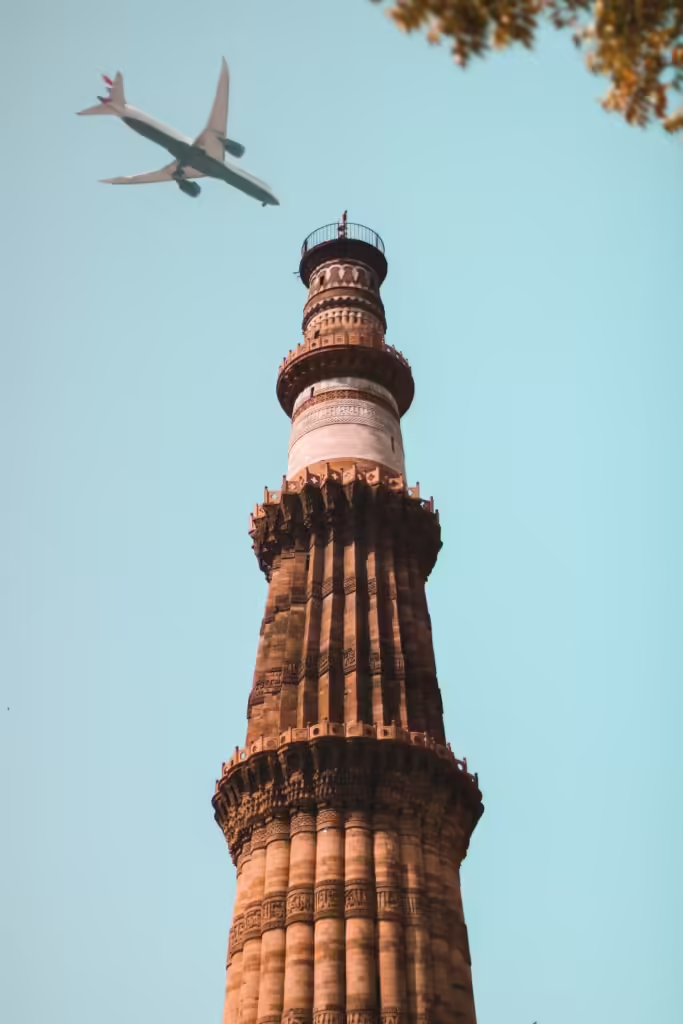
Standing tall at 73 meters, the Qutub Minar is the tallest brick minaret in the world and an architectural marvel of the Delhi Sultanate period. Built by Qutb-ud-din Aibak in 1193 to commemorate his victory over Delhi’s last Hindu ruler, the minaret is a UNESCO World Heritage Site and features stunning red sandstone carvings and inscriptions.
- Best Time to Visit: October to March
- Highlights: The intricate carvings, the Iron Pillar, and the Quwwat-ul-Islam Mosque.
7. Mehrangarh Fort, Jodhpur
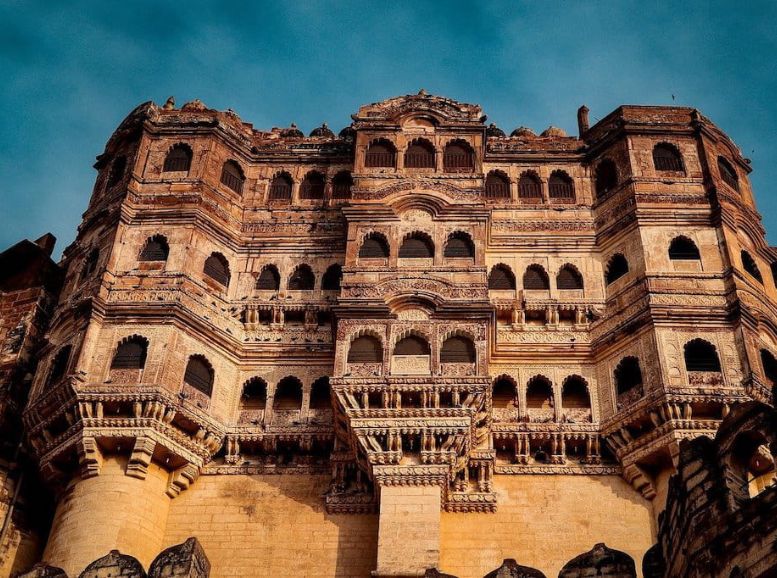

Perched atop a hill, the Mehrangarh Fort is one of the largest and most formidable forts in India. Built in the 15th century by Rao Jodha, the fort offers panoramic views of the city of Jodhpur. The fort’s museum houses an impressive collection of palanquins, weapons, paintings, and costumes, providing a deep dive into Rajasthan’s regal history.
- Best Time to Visit: October to March
- Highlights: The Phool Mahal, Moti Mahal, and the sweeping views of the Blue City.
8. Fatehpur Sikri, Uttar Pradesh
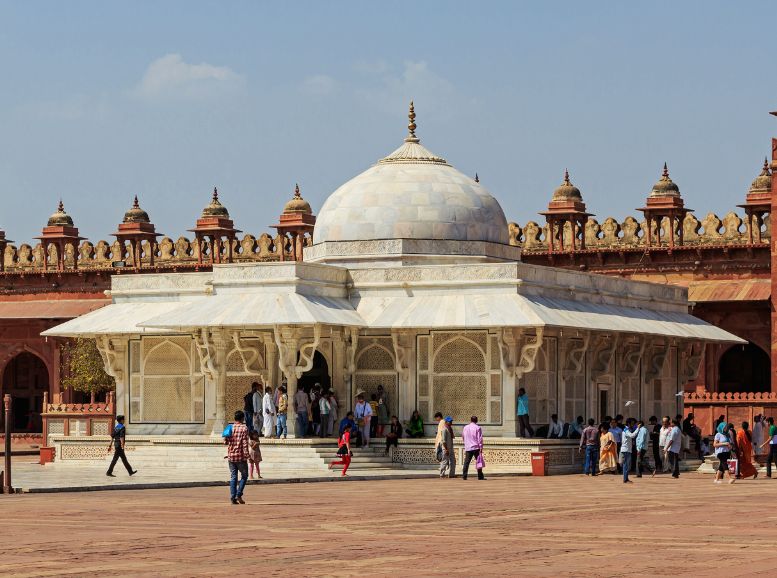

The stunning city of Fatehpur Sikri was built by Emperor Akbar in the 16th century and served as the Mughal capital for 14 years before it was abandoned due to water shortages. A UNESCO World Heritage Site, Fatehpur Sikri is a masterpiece of Indo-Islamic architecture, featuring grand courtyards, mosques, and palaces.
- Best Time to Visit: October to March
- Highlights: Buland Darwaza, Jama Masjid, and the Panch Mahal.
9. Konark Sun Temple, Odisha


The Konark Sun Temple is an architectural wonder and a UNESCO World Heritage Site. Built in the 13th century by King Narasimhadeva I, this massive temple is shaped like a giant chariot with intricately carved stone wheels, pillars, and walls, symbolizing the Sun God’s chariot. The detailed carvings depict scenes from everyday life, mythological stories, and celestial beings.
- Best Time to Visit: November to February
- Highlights: The giant chariot wheels, the Natya Mandap, and the Sun Temple Museum.
10. Sanchi Stupa, Madhya Pradesh
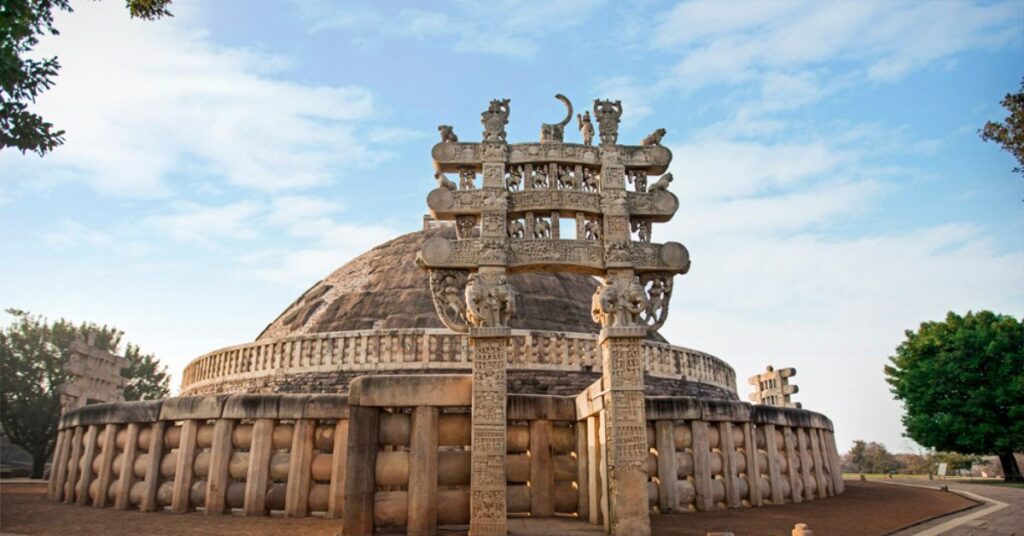

The Sanchi Stupa, built by Emperor Ashoka in the 3rd century BCE, is one of the oldest and most well-preserved Buddhist monuments in India. The Great Stupa at Sanchi is a hemispherical brick structure that houses sacred Buddhist relics. The intricately carved gateways, known as Toranas, depict various scenes from the life of Buddha.
- Best Time to Visit: October to March
- Highlights: The Great Stupa, Ashoka Pillar, and the Monastic Complex.
Conclusion- Historic Sites to Explore in India
India’s historic sites are a window into its vibrant and diverse past, reflecting the cultural amalgamation of various empires and civilizations that once thrived here. Whether you’re captivated by the grandeur of Mughal architecture, the serenity of Buddhist stupas, or the intricate carvings of ancient temples, India’s history offers something for every traveler. Exploring these top 10 historic sites will not only deepen your understanding of India’s past but also leave you mesmerized by the country’s architectural and artistic brilliance. Plan your journey to these historic sites with Xplro.com.
FAQs
1. When is the ideal time to visit historic sites in India?
- The optimal time to explore most historic sites in India is during the cooler months from October to March. This season offers comfortable temperatures, making it enjoyable to visit outdoor attractions without the discomfort of heat and humidity.
2. Are guided tours available at these historic locations?
- Absolutely! Many historic sites provide guided tours, which can greatly enrich your visit. These tours offer in-depth information about the history, architecture, and cultural significance of each site, with knowledgeable local guides available to answer your queries.
3. Should I buy tickets in advance for these sites?
- For some renowned sites, like the Taj Mahal and Red Fort, purchasing tickets online in advance is recommended. Others may allow ticket purchases on-site. Always check the official websites for each site to verify ticket availability and prices.
4. Are there dress codes for visiting these historic sites?
- Generally, there isn’t a strict dress code; however, it’s advisable to dress modestly, especially when visiting temples and mosques. Comfortable clothing and shoes are also recommended, as many sites require walking or climbing stairs.
5. Can I take photographs at these historic sites?
- Photography rules vary among sites. Most places permit photography, but some may impose restrictions regarding flash photography or the use of tripods. Always check the specific rules at each site and follow any photography guidelines provided.
6. What can I expect while visiting the Ajanta and Ellora Caves?
- At the Ajanta and Ellora Caves, anticipate exploring remarkable rock-cut architecture and breathtaking sculptures. Be ready for a fair amount of walking, as the caves are spread out over a vast area. Hiring a guide can also enhance your experience by providing insights into the rich history of these sites.
7. Is it feasible to visit several historic sites in a single trip?
- Yes, it is quite feasible to visit multiple historic sites in one trip, especially those located nearby. For example, you can combine visits to the Red Fort, Qutub Minar, and Humayun’s Tomb in Delhi, or explore Hampi and Badami in Karnataka.
8. Are these historic sites accessible for individuals with disabilities?
- Accessibility varies by site. Major attractions like the Taj Mahal and Red Fort have taken steps to enhance access for individuals with disabilities, but some older locations may have limited facilities. It’s wise to check in advance to plan accordingly.
9. Why are the Khajuraho Temples significant?
- The Khajuraho Temples are renowned for their intricate carvings, which depict not only deities and mythological scenes but also erotic figures. Constructed by the Chandela dynasty, these temples embody the spiritual and artistic heritage of ancient India and have been designated as a UNESCO World Heritage Site.
10. Can I visit these sites on national holidays?
- Yes, you can explore these sites during national holidays. However, be prepared for larger crowds, particularly at popular spots like the Taj Mahal and Red Fort. Arriving early can help you avoid long lines.
